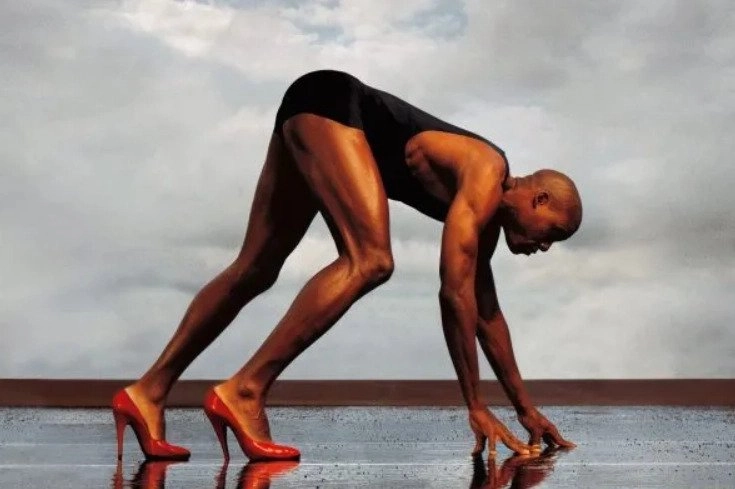In the world of photography, there are endless choices of captivating themes; sport and body in motion being among them. Dynamics, strong emotions, fast-paced action – all this together forms the perfect base for creating breathtaking shots. These then often serve as testimony to historical milestones from the sports world. Since the dawn of photography as a medium, photographers have brought us powerful stories and chilling moments through their photos, and today, thanks to the up-to-date development of technology, even more vividly and accurately than ever before.
Throughout history, athletes have always embodied the concept of people possessing superhuman abilities, including immense strength, speed, or endurance surpassing the capacities of the common men. The first photographs brought us a new way to capture and preserve these exceptional qualities. Photography also opened the door to exploring human movement – photographers were often so fascinated by the human body that they kept refining their equipment in pursuit of the perfect shot. They might have played a key role in the development of camera technology, ultimately leading to such precise devices as we use today.
The birth of action photography
The first photos of athletes come from the times when photography was still in its infancy. They documented sports such as horse racing, cricket, and boxing, which were especially popular at the time. And although the first images were out of focus and often static, the popularity of this photography type slowly but surely grew. The technological advances allowed photographers to start experimenting with shorter shutter speeds, laying the foundation for capturing movement in sports.
One of the first sport photos was the portrait of Mr. Laing or Laine, a badminton player, taken by photographers Hill and Adamson in 1843. To capture the image, they utilized calotype – a paper negative developed after a short exposure, a technique invented by William Henry Fox Talbot in 1840. The photo of a man assuming a wide stance while holding a badminton racquet is part of a series of nine photographs, each featuring him with a racquet and wearing sports clothes.
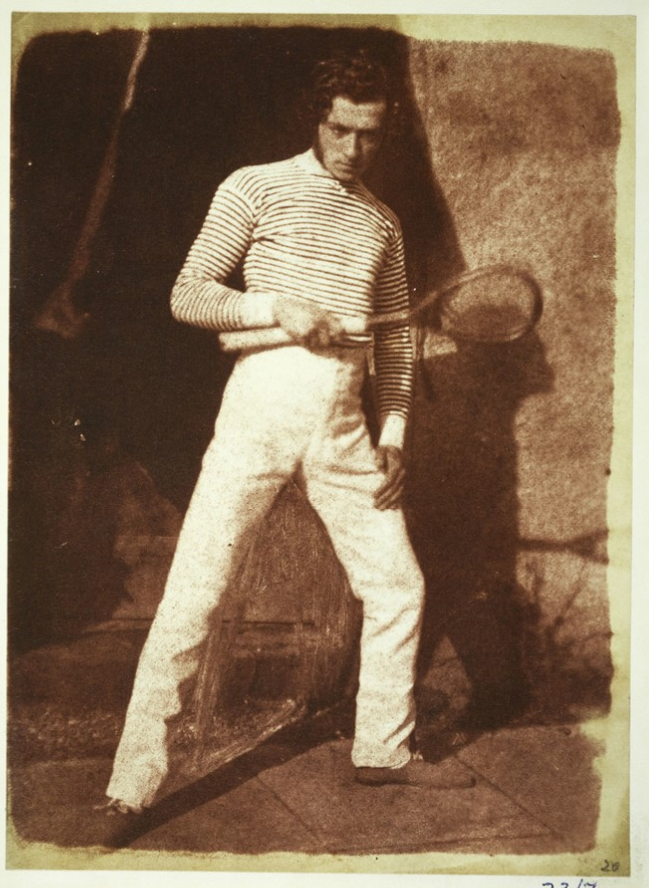
In the late 19th century, a turning point in the field of sports photography occurred thanks to Eadweard Muybridge. His famous series of photos capturing a horse in motion meant a fundamental step forward in the understanding of photography as a medium capable of capturing momentum. The sequence was a significant step forward; Muybridge's sequence of photos, depicting the various phases of a horse's movement in great detail, showed that photography can capture fractions of seconds and slow them down enough to be visible to the naked eye. This innovation allowed photographers to document the dynamics of sporting events and performances, which were nearly impossible to capture with a static image before. Muybridge's work marked an important transition to the modern concept of sports photography, where speed, movement and the aesthetics of the moment were emphasized simultaneously.

Union of fashion and sport
In the past, just like today, the worlds of sport and fashion were closely intertwined, influencing and enriching by each other. One of the first photographers to dare to connect these two worlds was George Hoyningen-Huene. He became famous with his iconic fashion photographs for the Vogue magazine and collaborations with legends such as Coco Chanel. However, his distinctive aesthetic approach was not limited to the fashion scene; it also extended to the field of sports photography.
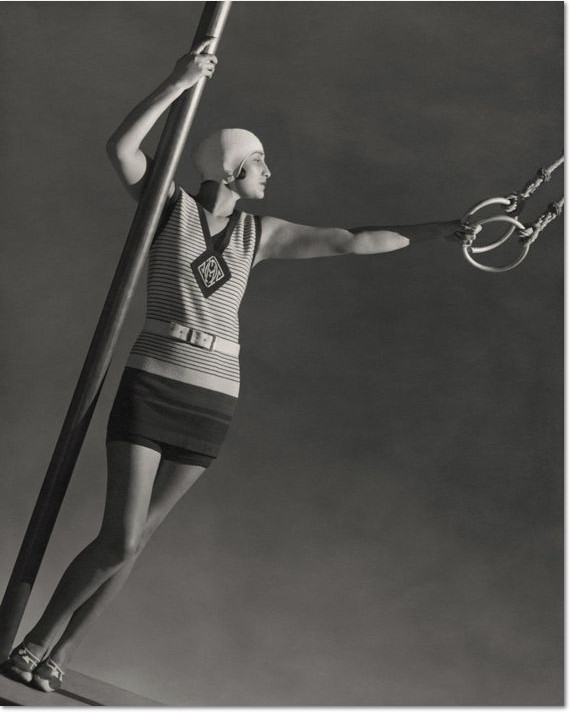
Hoyningen-Huene combined fashion and sport in his photographs presenting the swimwear collections of the 1930s. The shots are a remarkable demonstration of how these two industries can come together and create something unique. Fashion allows individual self-presentation and expression of character, while sports encourage an active lifestyle. This connection is not a thing of the past; even today we can observe numerous athletes entering partnerships with fashion brands and together bridging the worlds of sport and fashion for the benefit of both.
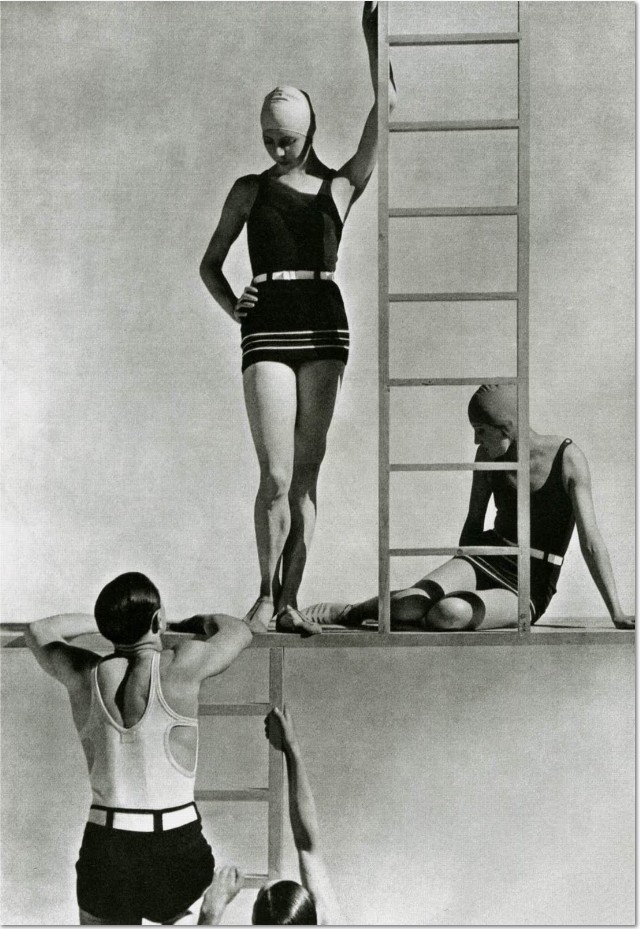
Golden age of sports photography
The 1920s witnessed a notable increase in interest in sports and sports photography advanced in tandem with it. To the iconic photographs from the early 20th century is a series captured by Leni Riefenstahl during the 1936 Olympic Games in Berlin. The series also features fascinating shots of water jumps accurately capturing the dynamics of the movement of jumpers. The second half of the 20th century saw fundamental changes in the field of sports photography, especially in the artistic approach.
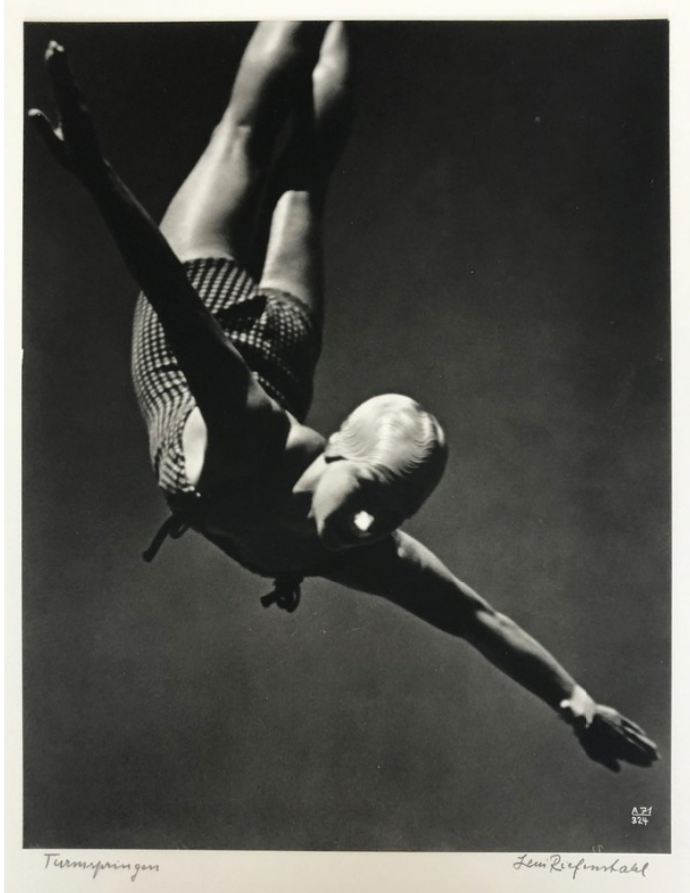
Photographers no longer strived to merely capture the moment, they aimed to tell the story behind sports performances. These stories feature arduous training, exhaustion, but also instants of joy and enthusiasm. Photographers began to realize that they had a unique opportunity to unveil the human dimension of sport and present it to spectators and fans. This aspect of sports also appealed to artists, such as Andy Warhol, who in 1977 collaborated with Richard Weisman, an avid collector of sports artifacts, on a series of Polaroids capturing famous athletes. Warhol and Weisman visited these sports celebrities right at their homes or in Warhol's studio, where they created photographs complemented with sports outfits or equipment.
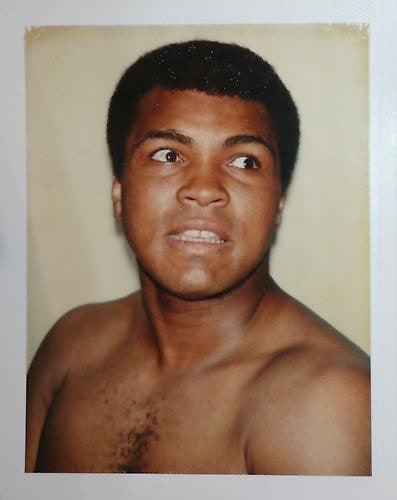
The series included portraits of famous sports stars. such as the legendary footballer Pelé, tennis champion Chris Evert, boxing icon Muhammad Ali or O.J. Simpson, popular American football playes. These Polaroids later became part of Warhol's work as silkscreen paintings, which further cemented the reputation of his artistic style. Although Warhol himself was not passionate about sports and did not consider himself a keen athlete, one of his most iconic portraits shows him posing together with Basquiat, both wearing boxing shorts, Everlast gloves with their arms crossed over their chests. It was created by Michael Halsband, although Warhol initially considered Robert Mapplethorpe as the author of the portrait.
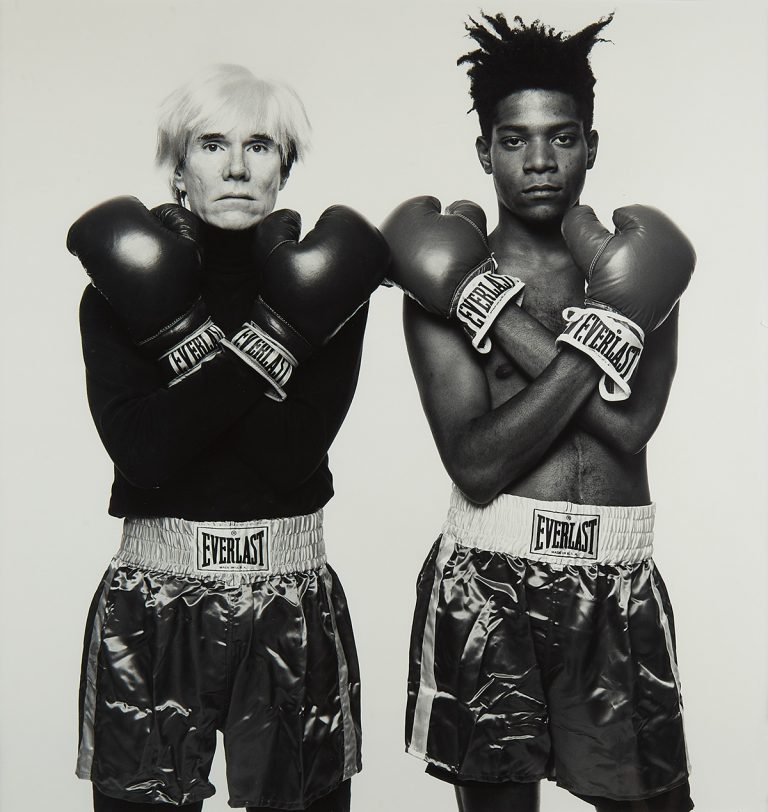
Jut like other artists, Robert Mapplethorpe also found inspiration in the sports world, although his earlier portfolio did not include much sports documentation. Meeting Lisa Lyon, the women's bodybuilding champion, changed the direction of his creation. Mapplethorpe, known for his explicit photographs and BDSM elements, met Lyon in 1979; at a time when he was looking for new inspirations for his art project. This unexpected turn to the sports world eventually led to his successful collaboration with Lisa.
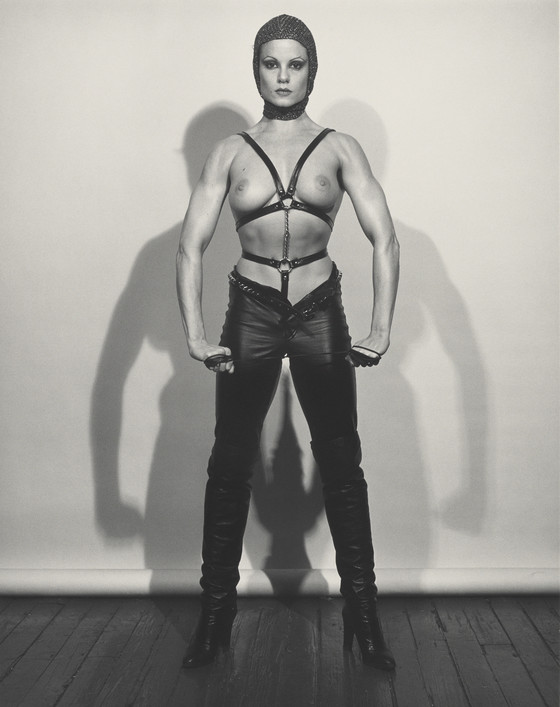
Working with Lyon built on his previous interests in physicality, identity, and gender themes, but also allowed him to explore the complex interface of masculinity and femininity. Lisa Lyon's ability to blur the lines between traditional definitions of femininity and masculinity caught Mapplethorpe's attention and was became a source of inspiration for him, resulting in approximately 200 photographs and making her Mapplethorpe's most photographed subject.
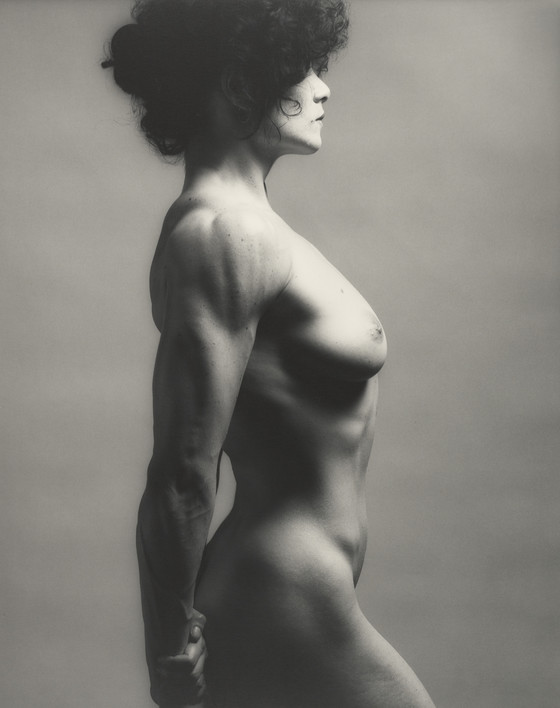
The topic of gender roles and their disruption also appealed to Annie Leibovitz, who became famous not only for her celebrity portraits, but also for her knack for capturing important moments. In her campaign for Pirelli, she photographed the American sprinter Carl Lewis in the starting position, complemented with red pumps. This bold combination was considered controversial at that time. Later, Leibovitz was also behind the photographs of promising sports talents aspiring to participate in the 1996 Summer Olympics in Atlanta.
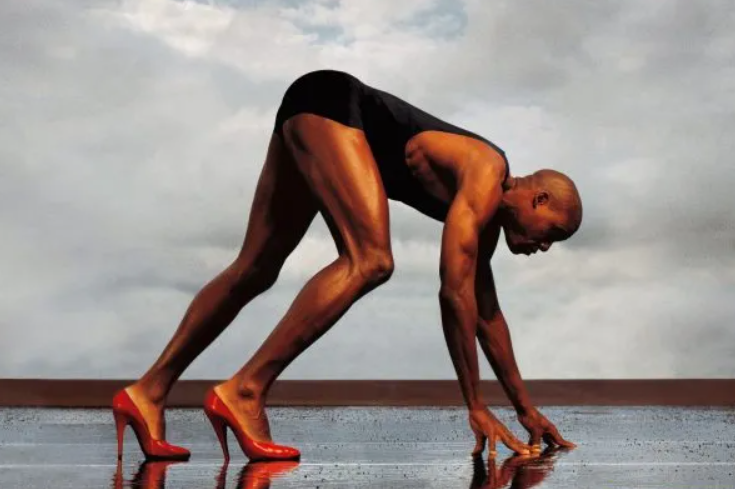
Unity of art and technology
Today, sports photography keeps pursuing maximum accuracy in capturing the moment. With high-speed cameras, advanced autofocus systems and post-processing tools, photographers are able to take breathtakingly sharp and detailed images. Many specialize in a particular sport, and it is no exception that it would be a sport that they themselves actively practiced in their youth. However, for a variety of reasons, they did not manage to reach a professional level. For example, photographer Donald Miralle was a first-class swimmer in his youth, hence it is no coincidence that he now specializes is underwater photography and water sports.
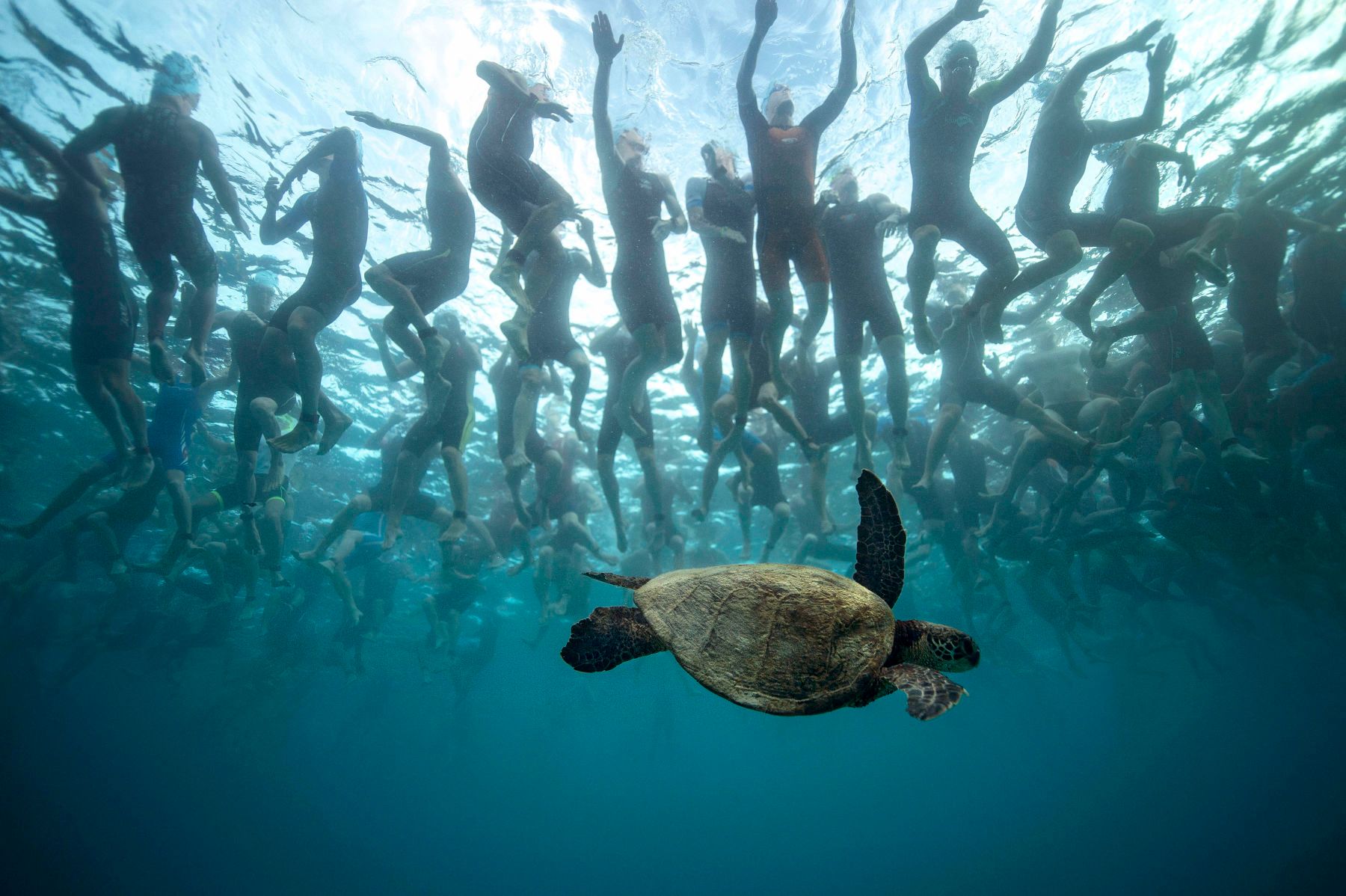
Furthermore, thanks to today's social networks and online platforms, any photograph is more accessible than ever and photographers have a chance to reach a global audience. As a result, the demand is higher for originality and a different point of view of familiar situations, which forces photographers to constantly improve and embrace new creative ways to achieve the perfect picture.
One of the most famous contemporary photographers who capture sport and movement is also the man who changed the way we look at photography, Pelle Cass. He also captures reality on his camera, but not as we are able to see it with the bare eye.
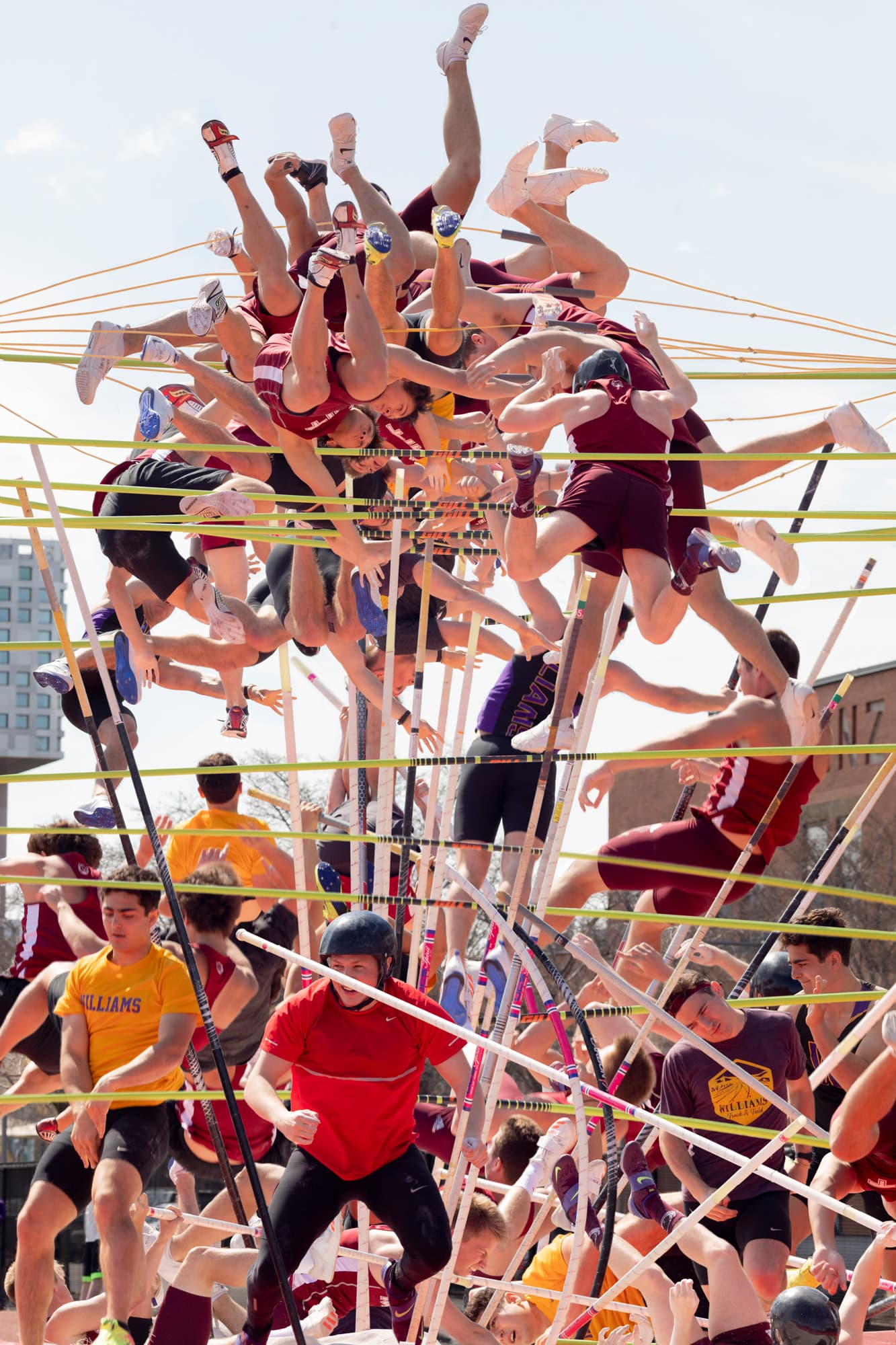
Nowadays, thanks to social networks and online platforms, any kind of photography is more accessible than ever before, giving photographers the chance to reach a global audience. As a consequence, there is a higher demand for originality and a different perspective on familiar situations, which forces photographers to constantly improve and discover new creative ways to achieve the perfect image.
